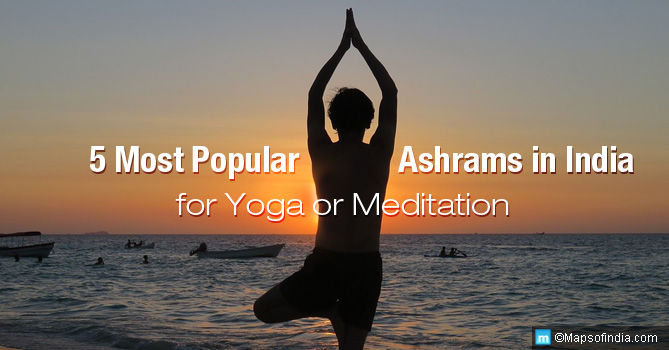If you’re engaged chaotically in any activity and need some retreat, yoga becomes one source to practice your mind and body in different ways, which will alleviate all the fatigue by challenging to work out without overwhelming it.
Yoga originated in India with an intent to provide physical, mental, and spiritual wellness. Developing inner strength emphasizes the body’s abilities and acts as a treatment for eating disorders for many. It has also been beneficial for health awareness and eases anxiety by providing flexibility to your body. Since ancient times, it has been evolving and being practiced by people across the globe. International Day of Yoga is celebrated on June 21 every year as it got registered in the United Nations General Assembly 2014.
According to a 500-hour registered Yoga Teacher who is also an online fitness coach and social media influencer, Jenay Rose, “Yoga is about the breath.” While having various kinds of poses, yoga can be tried at home with a few basics or substitutes prior to beginning. For example, one can use a belt or scarf rather than a yoga strap and throw pillows or a sturdy hard-cover book for yoga blocks. It does not require any equipment as seen in the gym. Hence, yoga is chosen as a suitable approach for the prevention of diseases enabling body movability. “The hardest part is showing up, so if you can just master breathing, you’re practicing,” says Rose.
Types of Yoga
- Hatha yoga: Its classes are appropriate for beginners because they move gradually in the process. It is a traditional system that comprises the practice of asanas (yoga postures) and pranayama (breathing exercises), which assist in bringing peace to the mind and body.
- Vinyasa, Ashtanga, and power yoga: Vinyasa has synchronized movement with breath and is a rigorous manner based on a swift flow through sun salutations. These could be more challenging considering the level of directions being provided.
- Iyengar: It has a robust focus on accurate alignment, and frequently uses props to support students perfect their form and structure of work.
- Hot yoga: It is yoga practiced in a hot environment with some studios reaching 104 degrees F. Many people like doing yoga in the heat, however people who are sensitive or allergic to heat or have some medical conditions may view hot yoga uncomfortable.
- Yin yoga: It is a slow-paced activity in which poses are held for five minutes or longer. Although it is passive, yin yoga can be quite challenging due to the long holds, specifically if the body is not used to it. The aim is to apply moderate stress to the tissue associated with it, namely the tendons, fascia, and ligaments, with the rising circulation in the joints and enhancing flexibility in the body.
- Kundalini yoga: It is commonly known for “a spiritual energy or life force located at the base of the spine.” In Kundalini yoga, practitioners undertake physical postures, breathing exercises, chanting, and meditation to unlock this energy. It backs healing addictions with prevention for compulsive and obsessive disorders.
Yoga detoxifies organs, reduces injuries, and makes one sleep better. Pranayama (breathing activities) integrates the mind with the soul while it uses asanas (postures), which concentrate on specific body parts. For example, one could be directed by the coach to emphasize deeply on the spine or let your mind go and have the body sink into the floor. This awareness makes the mind-body relation stronger than ever and doesn’t permit a lot of time for external chatter (like being anxious about what you’re going to have for dinner or the office-related work you’re preparing for). Rather, the focus is internal, between your head and your body. One could try savasana (the corpse pose), which is practiced in all schools of yoga across the country.








